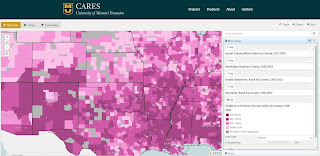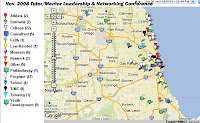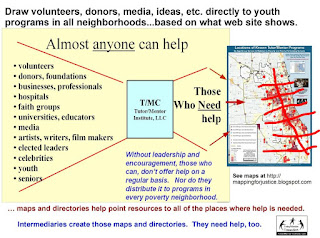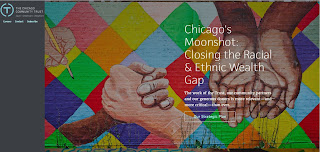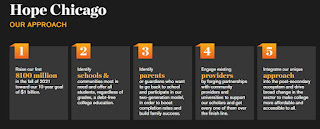I've been digitizing my files over the past couple of years and the big questions are "Who will look at these?" and "Who will take ownership, preserve, share and teach from these after I die?"
One answer to the first question is "ME". In looking at conversations and vision statements from the past I remind myself of what I've been trying to do and gain new ways of sharing messages that too few ever saw in the past.
Here's an example.
In the 1990s a group of retired professional athletes was trying to set up a social enterprise where they would raise money by selling branded apparel and use that money to fund causes they supported.
I told them of my vision of athletes using their visibility to draw attention and resources to youth tutor, mentor and learning programs in every high poverty area of Chicago. During one meeting they told me they were holding a golf outing and that other athletes would be participating. I asked them if they would present my Adopt-a-Neighborhood idea and have athletes sign their name on a map showing high poverty areas of Chicago, to indicate their support for the concept.
They did. That map is shown below.
The map was signed by Carlton Fisk, Tim Fisher, Steve Avery, Darryl Ingram, Jim Miller, Robyn Earl, Jason Herter, Otis Wilson, "J Peterman" - Sinfield, George Foster and Emery Morehead. As noted on the map, signing this indicated support for the concept, but not a commitment to "adopt" a neighborhood and participate in the program.
I've shared this graphic in several of my sports-focused blog articles, but without a lot of background information. Today as I was looking at my digital library I saw this map and opened this PDF, created in 2011, which provides more detail on what I was hoping the Adopt-A-Neighborhood program would become.
What if? What if it had been adopted by a local sports team and if a year-end event for the past 20 years had featured high profile athletes and celebrities boasting about what they did to draw volunteers and donors to tutor/mentor programs in the neighborhood they had adopted. What if there were a library, like my T/MI Theater page, showing athletes describing what they had done to support their adopted neighborhood for the previous year?
I think there would be a lot more comprehensive, long-term, mentor-rich youth programs spread throughout Chicago and other cities, and more kids would now be adults talking of how these programs had helped them through school and into jobs and adult lives.
I keep sharing ideas of what athletes and celebrities can do beyond what they already are doing.
Maybe one or two will adopt this as their "game plan" for making the world a better place.
My Fund T/MI page is at this link. If you value what I'm sharing please make a contribution to support my efforts.












